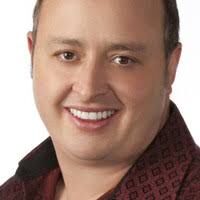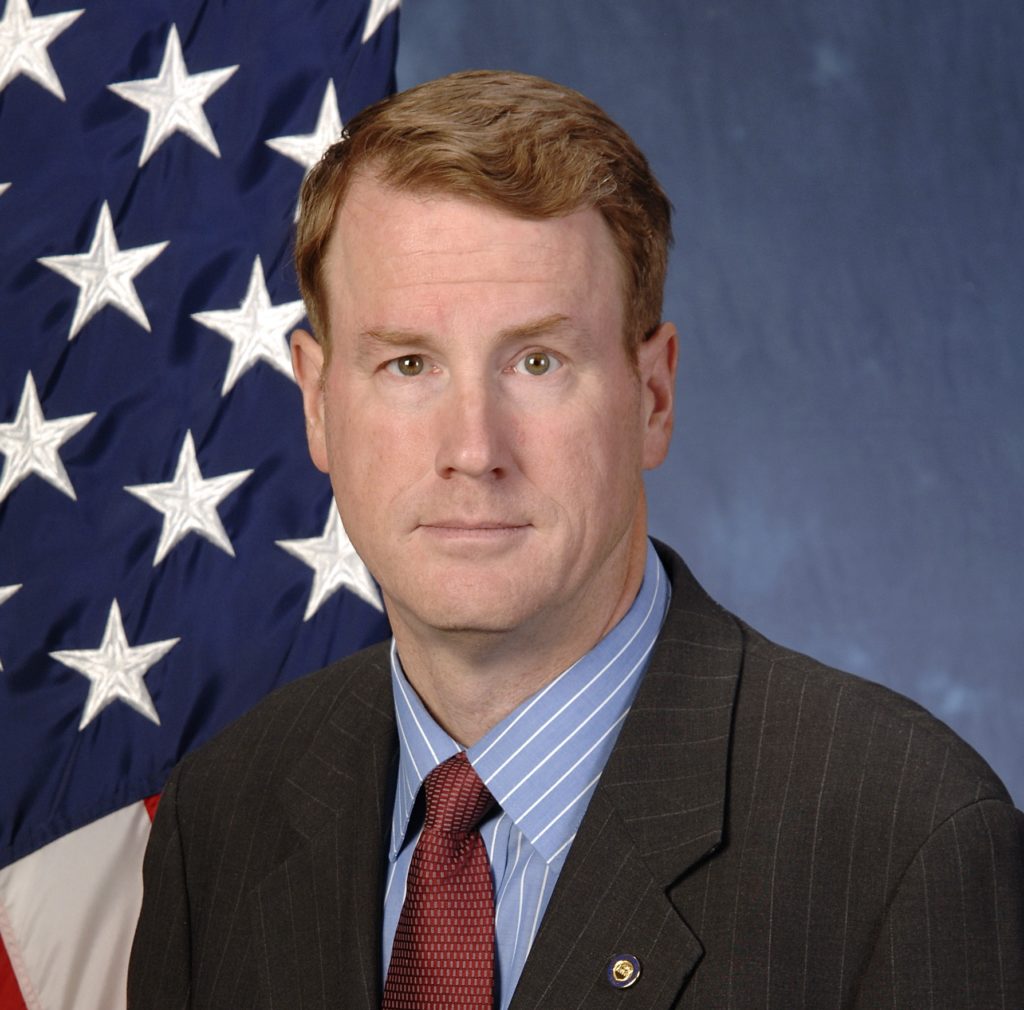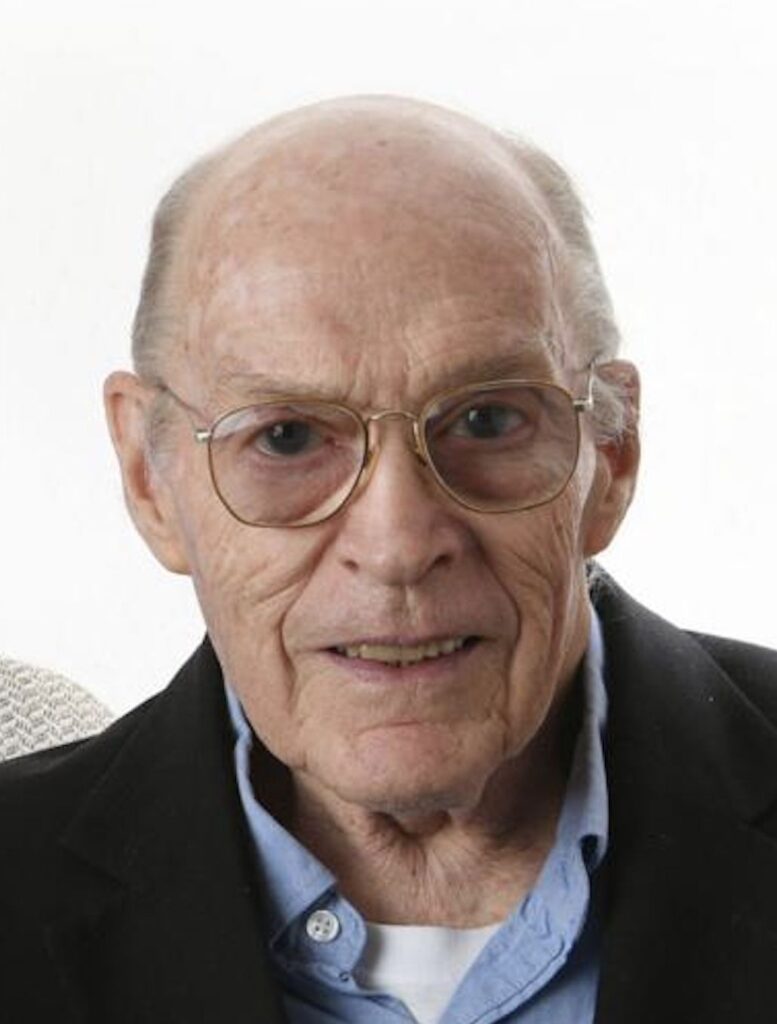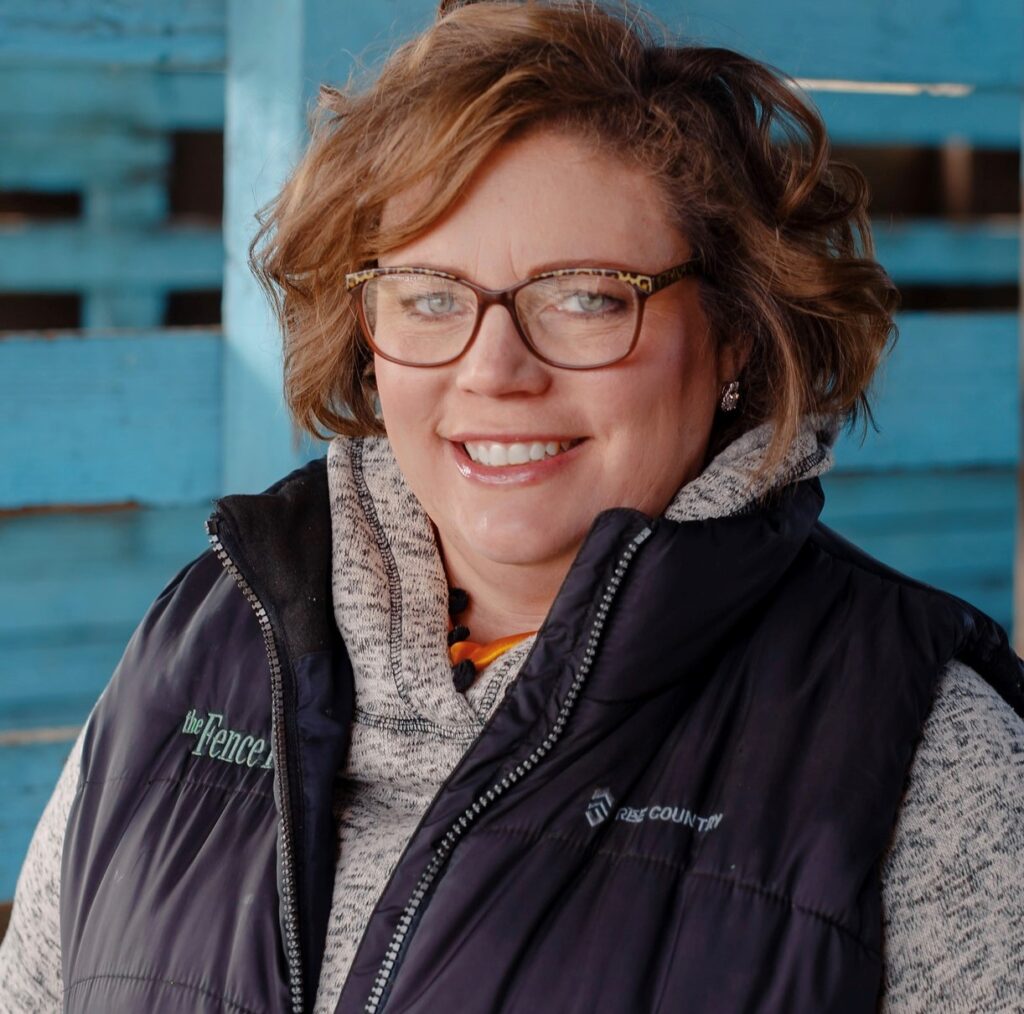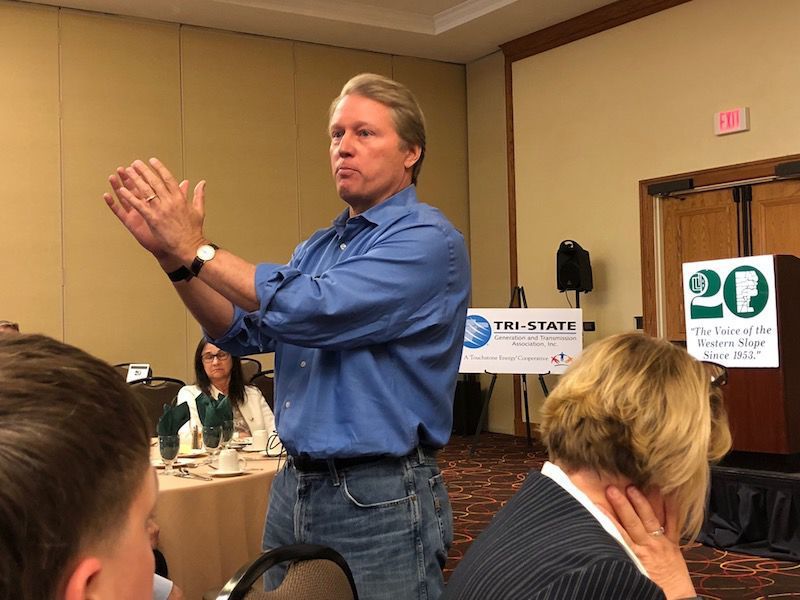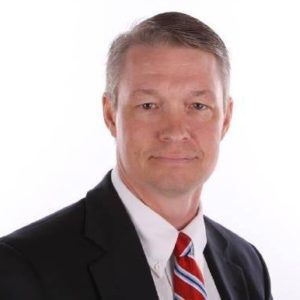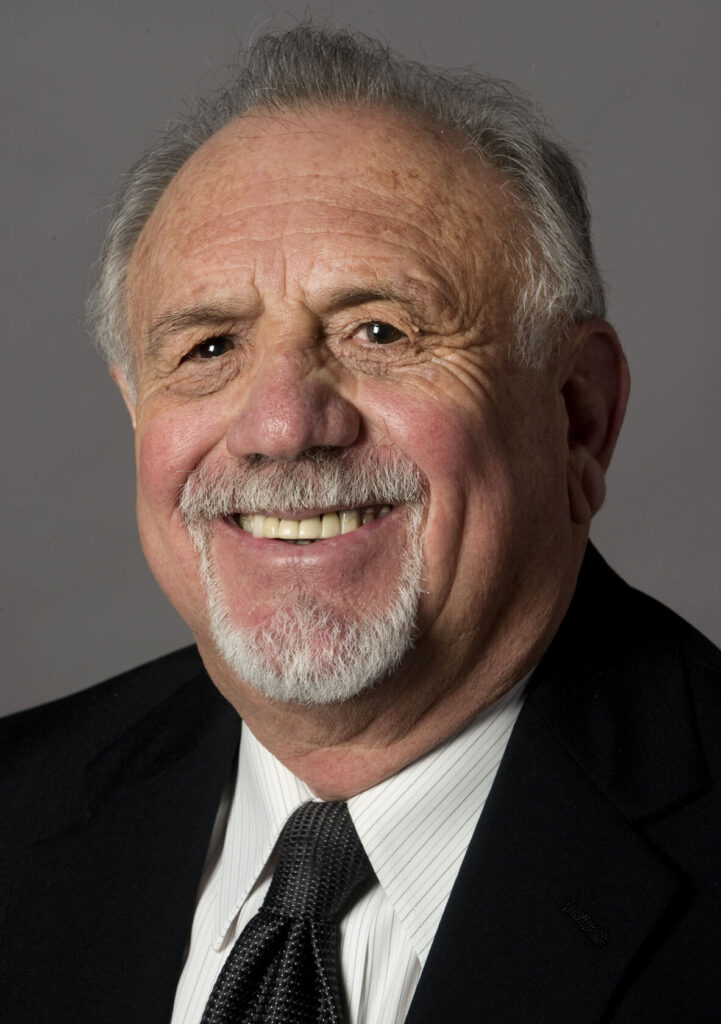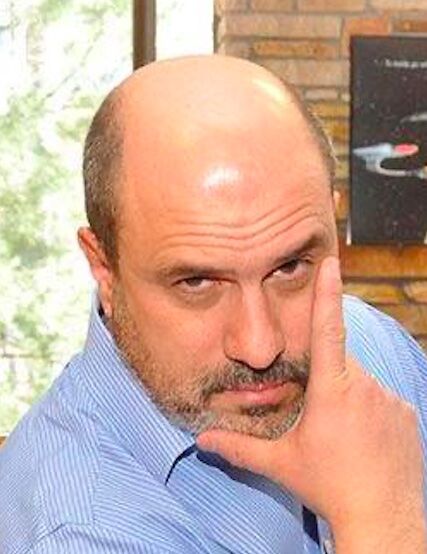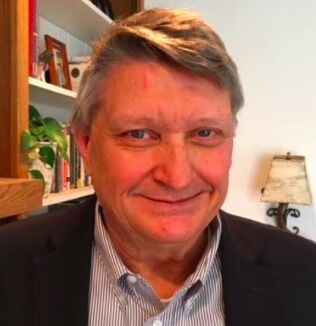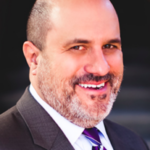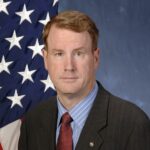HUDSON | Health care fixes pose practical problems despite political appeal
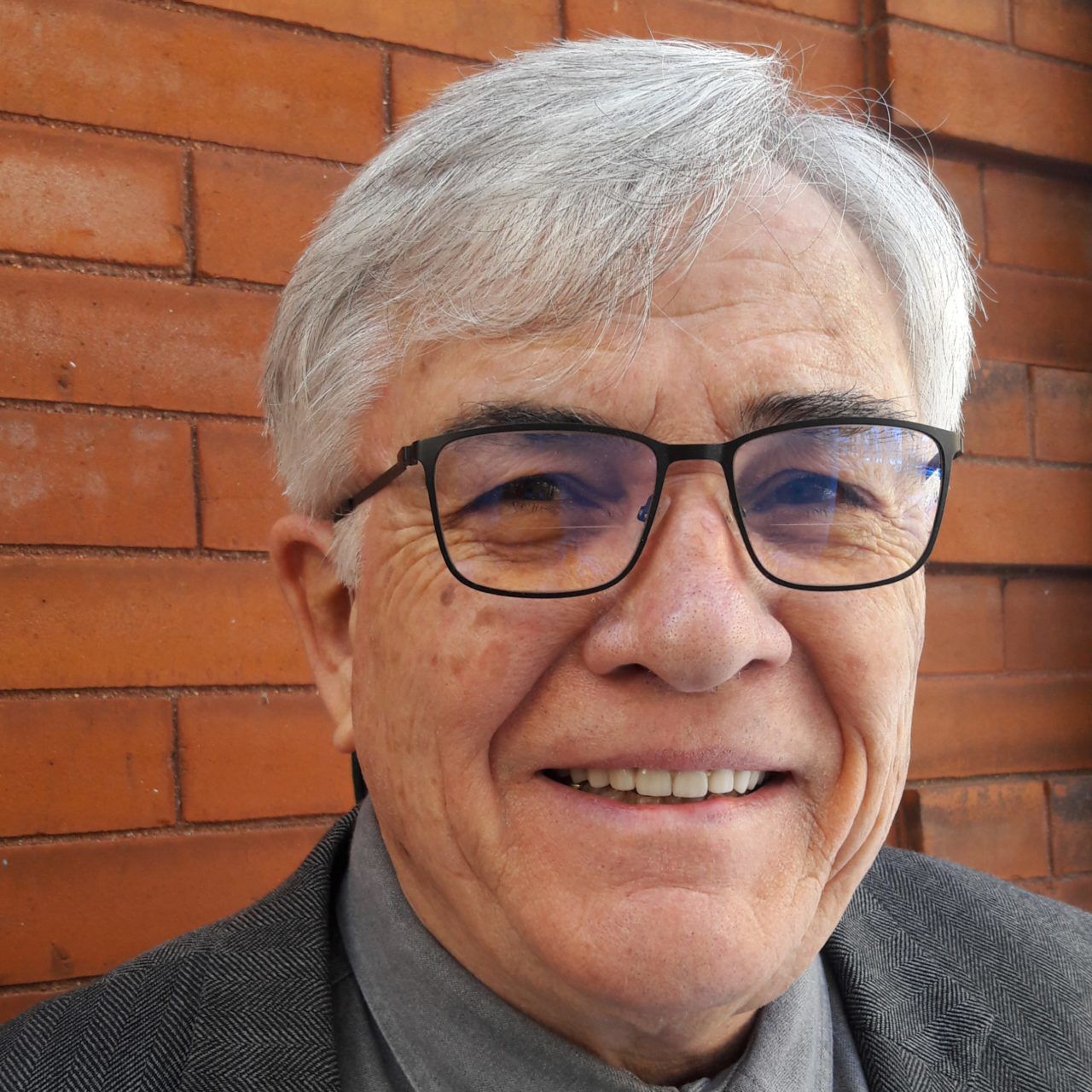
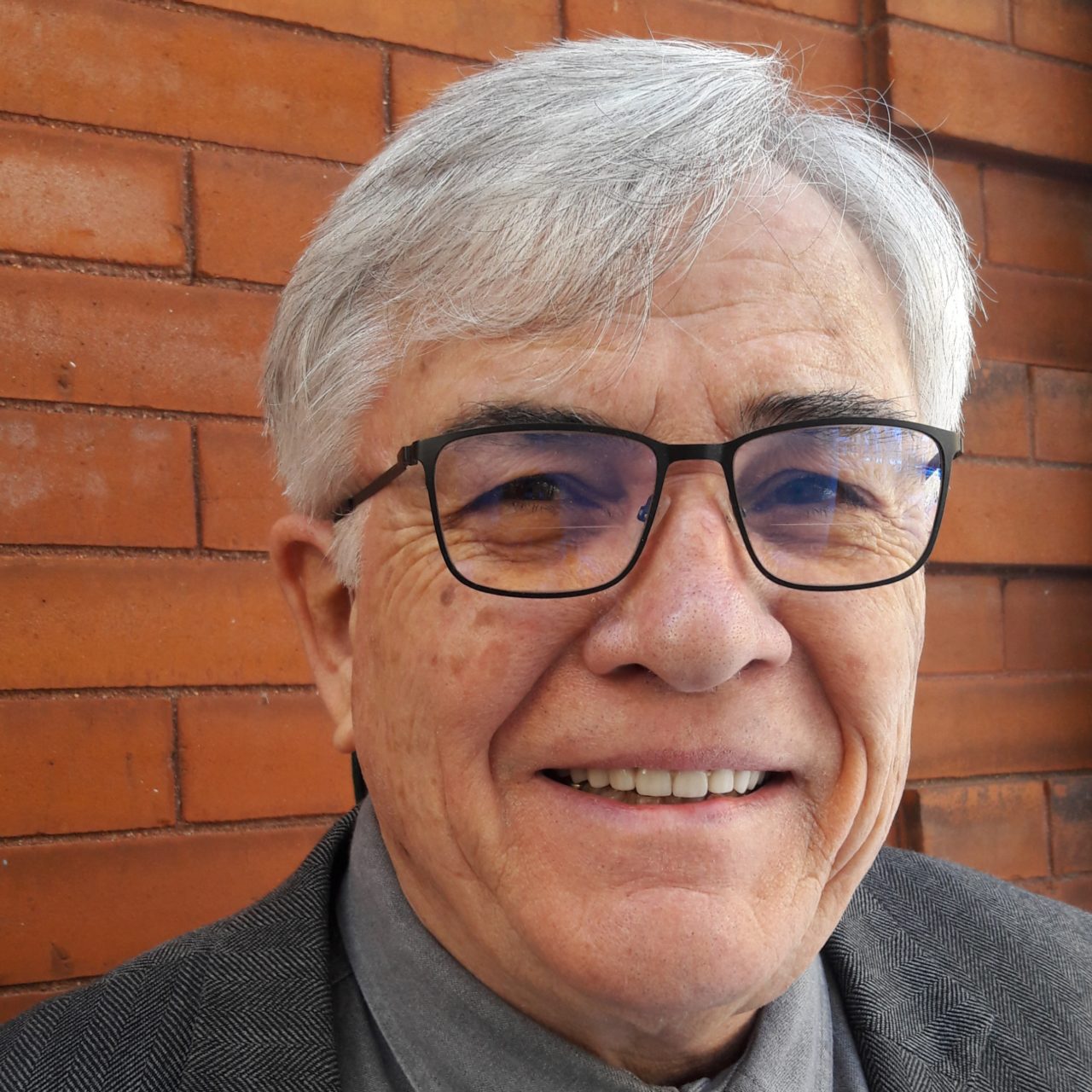
Every few months the Denver Medical Study Group gathers for lunch to hear from a speaker regarding issues confronting Colorado’s health care industry. I’ve discovered a journalist can often learn more at this kind of offscreen briefing than he or she will ever discern from reading press releases. Unfortunately, such guild meetings are often protected as though they were revealing blueprints for nuclear weapons.
I was forced to bludgeon my way into last year’s briefing by Kim Bimestefer regarding the governor’s then-pending public-option proposal, which I dutifully reported. It provided the first indication that her domain, Colorado’s Health Care Policy and Finance department , might be headed in an unexpected direction, attempting to wrestle medical insurance costs to the ground primarily by constraining hospital charge reimbursements. This is not necessarily a bad idea but wasn’t what most public option stakeholders were expecting.
I had to remind HCPF of the state’s open-records requirements, which then twisted arms at DMSG requesting they open that meeting to the press. This past week DMSG had scheduled Robert K. Smoldt, former chief administrative officer at the Mayo Clinic’s Phoenix campus and now director of a health care delivery and Policy program at Arizona State University. The topic he addressed was the direction Health Care Reform might take in order to deliver universal coverage.
Although the COVID-19 virus did not get mentioned, a discussion of the medically uninsured reminds one of the difficulties containing a public health threat when 90 million Americans are “running bare.” The number for Colorado is variously estimated as between 300 and 900,000. While we enjoy one of the highest insured rates in the nation, we remain at heightened risk from millions of visitors to our state arriving from across the country and around the world. Look at the recent mumps outbreak at Keystone.
The legislature would be well advised to drop whatever else it is doing long enough to assure free virus testing throughout the state. It would be better yet if the pending congressional appropriations bill includes financial assistance directly to state health departments for this purpose. On its COVID-19 internet page, the Centers for Disease Control advises visitors to “contact your health care provider.” When you don’t have a provider and the test isn’t free, it’s unlikely you will visit an urgent care facility and pay $100 or more.
It won’t take many stories like that of the patient reported in the Washington Post who had good reason to believe he may have been exposed to COVID-19 and visited a Florida emergency room when he fell ill. He left the hospital with a $3,000 bill his insurer is refusing to pay! That should scare off at least half the population. (There’s nothing like a pandemic to expose the downside of a health care system that fails to provide universal coverage.)
Returning to Dr. Smoldt’s presentation, which seemed premised on the notion that achieving universal coverage is a worthy policy goal, he categorized our options into three categories: (1) a true single-payer system, operated inside a nationally managed program, (2) elaborations on the ACA/Obamacare to enhance the choices offered on state exchanges with the possible introduction of a public-option plan, and (3) offering the same federal medical plans that insure federal employees to all citizens, an approach used in Germany, Switzerland and the Netherlands – an alternative not much mentioned by Democratic presidential contenders.
Smoldt then smacked down the chances for options 1 or 2 succeeding. He began by pointing out that the “MEDICARE for All” (M4A) proposal presumes far more services, at far greater expense, than those offered by our current Medicare program already operating at a loss. He pointed to a recent critique from Paul Krugman, a Nobel Prize winning and liberal economist, who argues M4A only makes sense if we were building a system from scratch. He identifies three reasons why single payer wouldn’t work in the United States.
With the likely loss of employer contributions paid into the system, 71% of currently insured Americans would have to pay higher premiums for the inclusion of dental, eye and hearing services. Powerful economic incumbents in the current system will fight like hell to stop any changes. And tinkering with the Affordable Care Act probably cannot alter the pattern of high deductibles and co-pays that often total $12-15,000 in out-of-pocket expenses before insurance actually kicks in. (Another reason a COVID-19 virus victim is unlikely to report for a test.)
Apparently, an expansion of federal health insurance plans that would make them available to every citizen is acquiring momentum as a strategy. Surprisingly, former Chicago Mayor Rahm Emanuel, and his brother, public health physician Ezekiel, are now proselytizing on behalf of this option. Smoldt, as well, appears to view this as a more promising approach, although he failed to make it clear how this would work.
Miller Hudson is a public affairs consultant and a former legislator. He can be reached at mnhwriter@msn.com.


